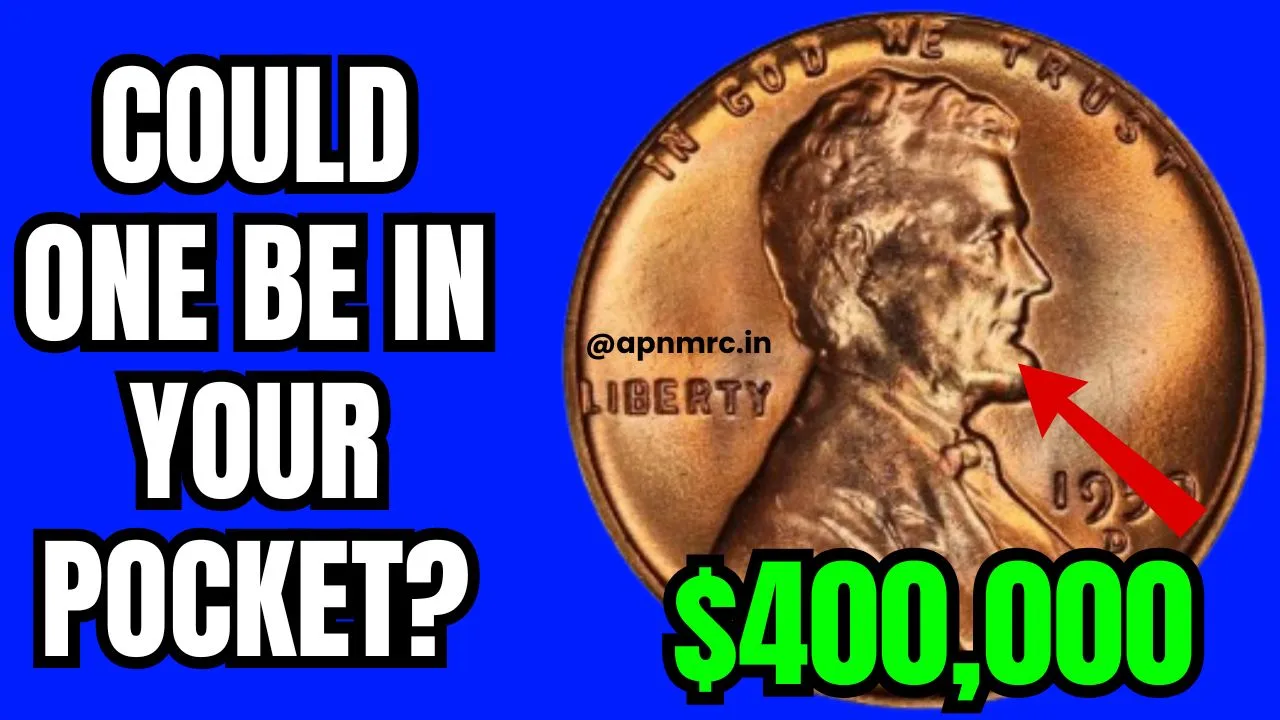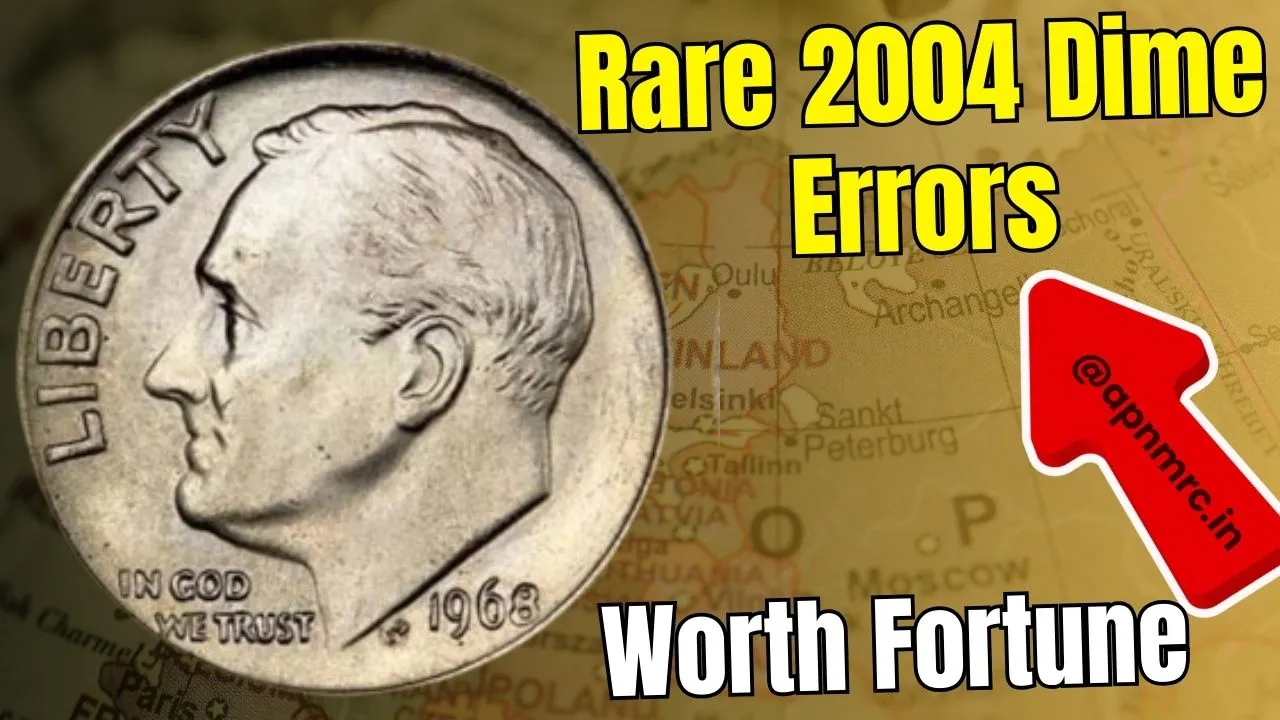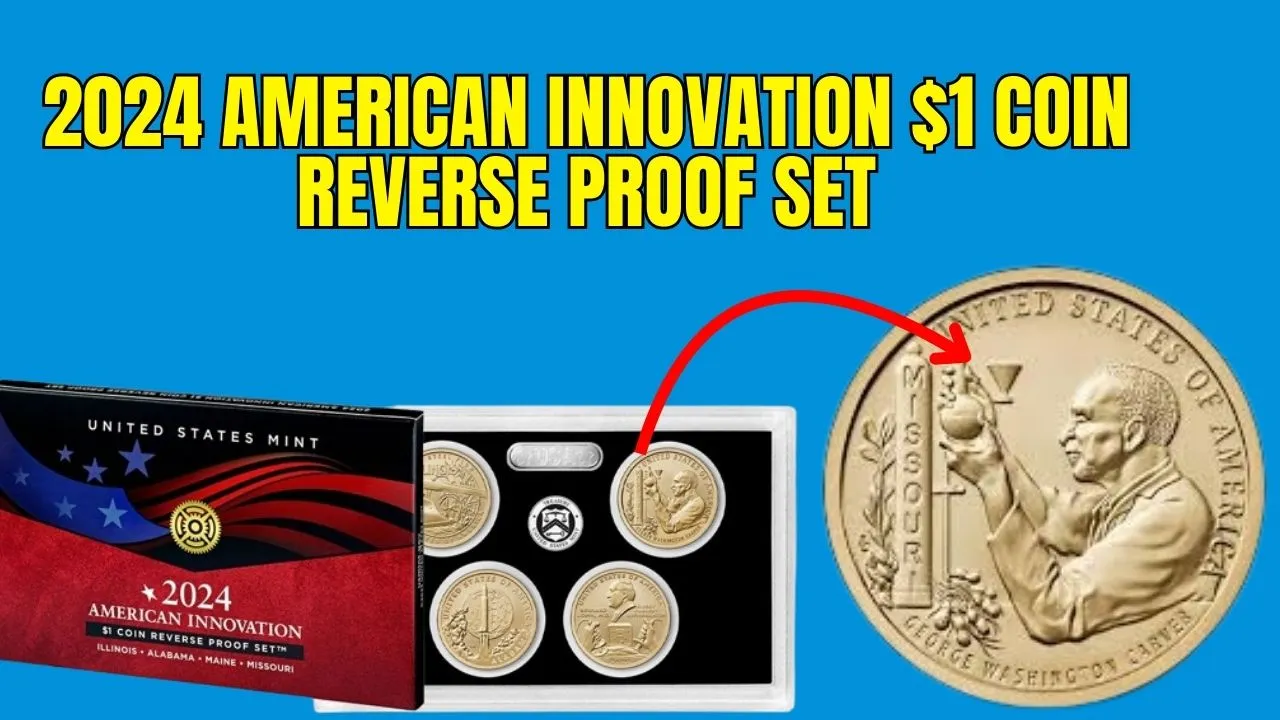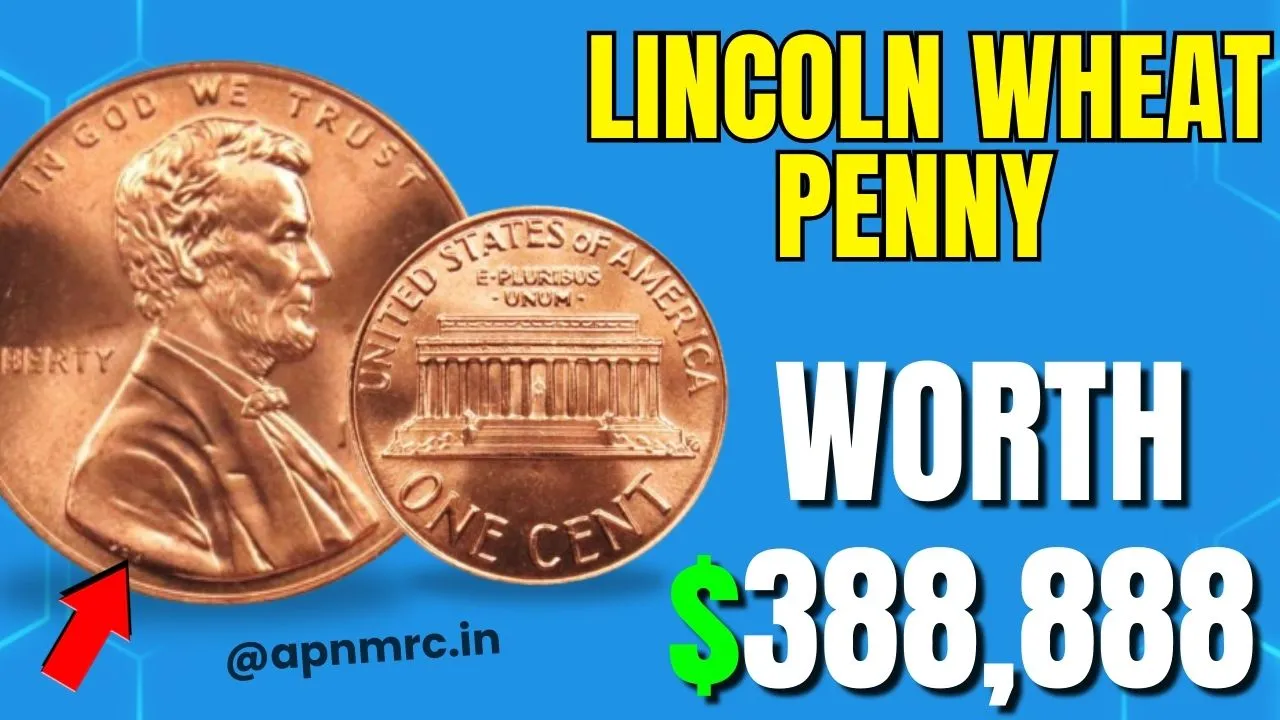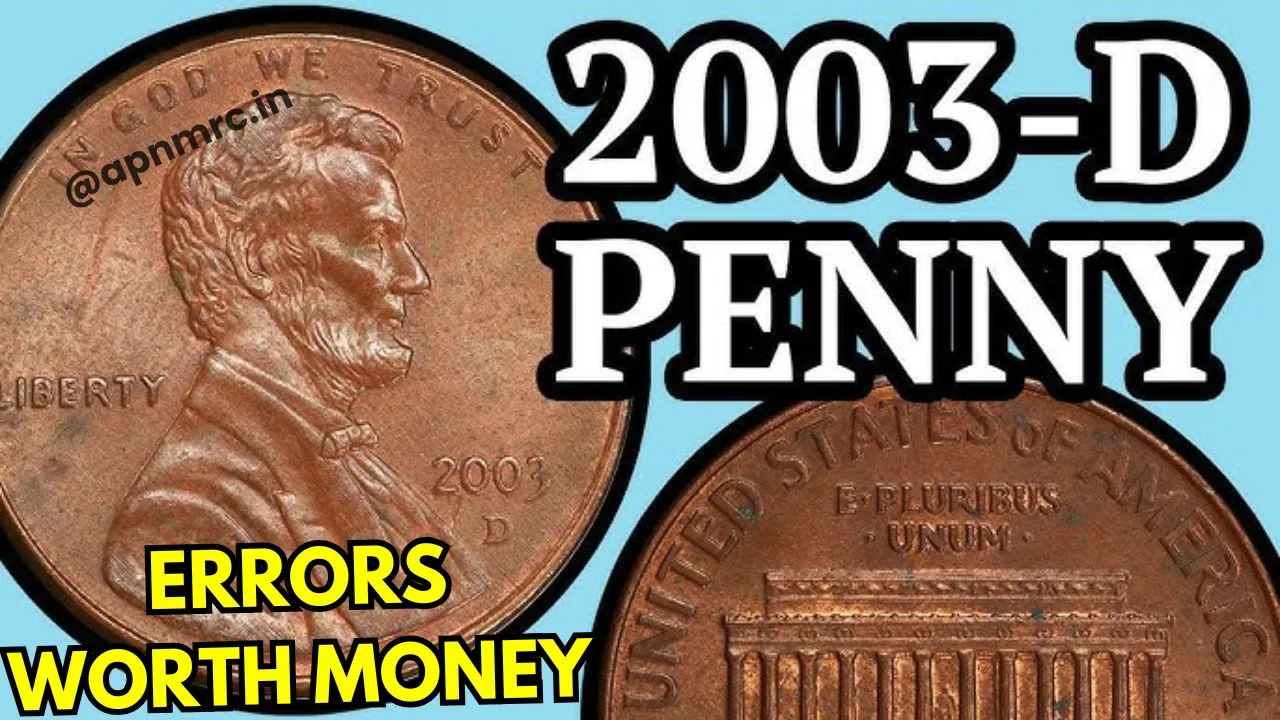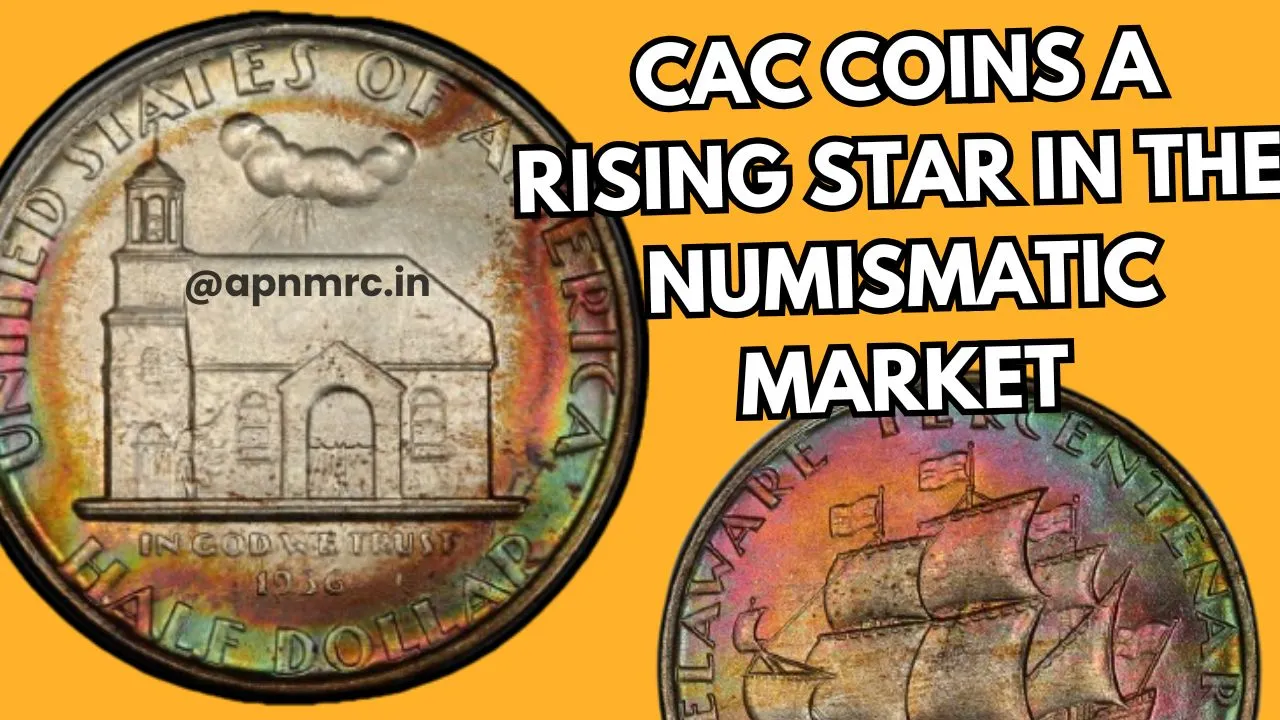Top 4 Bicentennial Quarters That Are Worth More Than You Think:The Bicentennial quarter is more than just a common coin in your pocket. Introduced in 1976 to celebrate the 200th anniversary of American independence, this quarter featured a special design unlike any other. The reverse showcases a Colonial drummer standing proudly, accompanied by a torch surrounded by 13 stars—symbols of the nation’s rich history. These coins are cherished by collectors not only for their design but also for their historical significance.
While most Bicentennial quarters are only worth their face value, a handful of rare types have become highly desirable due to errors, unique compositions, or limited production. These rare coins can fetch thousands of dollars in auctions, making them prized items for collectors. In this article, we’ll explore the top four Bicentennial quarters that hold significant value and could potentially make you a fortune.
Overview Table: The Most Valuable Bicentennial Quarters
| Type of Coin | Unique Feature | Value Range |
| 1976 Double Die Obverse Quarter | Doubling in inscriptions | Up to $15,000 |
| 1976 Silver Proof Bicentennial Quarter | 40% silver composition | Around $11,000 or more |
| Off-Center Struck Bicentennial Quarter | Misaligned design | $5,000 to $8,000 |
| Bicentennial Quarter Struck on Foreign Planchet | Struck on a foreign metal blank | Up to $18,000 or more |
1. The 1976 Double Die Obverse Quarter
Among the most coveted Bicentennial quarters, the 1976 double die obverse stands out as a true gem. This error occurs when the coin die is slightly misaligned during production, creating a doubling effect on the design. On this particular coin, the doubling is most noticeable in the inscriptions “LIBERTY” and “IN GOD WE TRUST.”
What makes this error so special is its rarity and historical intrigue. Collectors are always on the lookout for these unique coins, and they are willing to pay top dollar for examples in good condition. At auction, a double die obverse Bicentennial quarter can sell for as much as $15,000. Inspecting your collection with a magnifying glass could reveal an unexpected treasure.
2. The 1976 Silver Proof Bicentennial Quarter
While most Bicentennial quarters were struck in standard copper-nickel, a select few were minted in silver. Known as the silver proof Bicentennial quarter, this version contains 40% silver and was made exclusively for collectors.
These coins were included in special proof sets, which were released in limited numbers. Their reflective, mirror-like finish and intricate detailing make them stand out from regular circulation coins. A silver proof Bicentennial quarter in pristine condition can command prices upward of $11,000. If you have one of these coins, its value lies not only in its silver content but also in its rarity and appeal to collectors.
3. The Off-Center Struck Bicentennial Quarter
Minting errors often turn ordinary coins into extraordinary collectibles, and the off-center struck Bicentennial quarter is no exception. This error happens when the coin blank is improperly positioned during the minting process, resulting in part of the design being missing or misaligned.
The value of an off-center strike depends on the extent of the misalignment and the coin’s overall condition. Generally, the more dramatic the error, the higher the value. These coins can sell for anywhere between $5,000 and $8,000. If you come across a Bicentennial quarter with an unusual, off-center appearance, it could be a rare find worth adding to your collection.
4. The Bicentennial Quarter Struck on a Foreign Planchet
Among the rarest types of Bicentennial quarters are those struck on foreign planchets. This type of error occurs when a blank intended for a foreign coin mistakenly ends up in the U.S. Mint’s machinery. These coins are often made of a different metal composition or size compared to regular Bicentennial quarters.
Coins with this type of error are incredibly rare and highly sought after by collectors. Their value depends on the specific foreign planchet used and the coin’s condition, with some examples fetching up to $18,000 or more at auction. If you suspect your coin has unusual characteristics, such as a lighter or heavier weight, it might be worth getting it appraised by a professional.
How to Identify Rare Bicentennial Quarters
Here are some tips to help you spot valuable Bicentennial quarters in your collection:
- Inspect for Doubling: Look closely at the inscriptions “LIBERTY” and “IN GOD WE TRUST” for any signs of doubling. Use a magnifying glass for better visibility.
- Test for Silver Content: Silver Bicentennial quarters have a distinct, shiny appearance. Checking the edge of the coin for a silver stripe can help confirm its composition.
- Look for Alignment Errors: Coins with off-center designs are easy to spot due to their incomplete or misaligned features.
- Check for Unusual Metal: Coins struck on foreign planchets often look or feel different from standard quarters. A scale or metal composition test can confirm if you have a rare error.
FAQs
How can I tell if my Bicentennial quarter is rare?
Examine your coin for errors like doubling, off-center strikes, or unique metal compositions. These features significantly increase its value.
What makes silver Bicentennial quarters special?
Silver Bicentennial quarters were produced in limited quantities and contain 40% silver, making them more valuable than regular versions.
How can I identify a double die Bicentennial quarter?
Look for noticeable doubling in the inscriptions “LIBERTY” and “IN GOD WE TRUST.” A magnifying glass can help spot this error.
Where should I sell a valuable Bicentennial quarter?
You can sell rare Bicentennial quarters through coin dealers, reputable auctions, or online platforms like Heritage Auctions or eBay.
Can valuable Bicentennial quarters still be found in circulation?
While rare, it is possible to find valuable Bicentennial quarters in circulation. Carefully check your coins for errors or unique features before spending them.
Final Thoughts
The Bicentennial quarter is a fascinating piece of American history, but some of these coins hold far more than sentimental value. From double die errors to silver proofs and foreign planchet strikes, rare varieties of Bicentennial quarters can fetch thousands of dollars at auction. Taking the time to inspect your coins might just lead to an incredible discovery.
Have you ever come across a rare Bicentennial quarter in your collection? Share your experience in the comments below, and don’t forget to explore other topics about collectible coins and hidden treasures to expand your knowledge!

